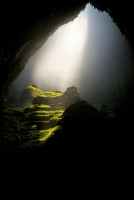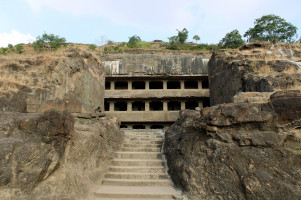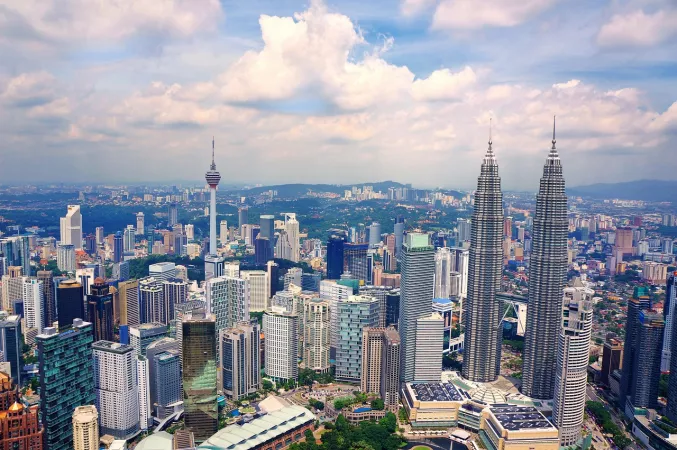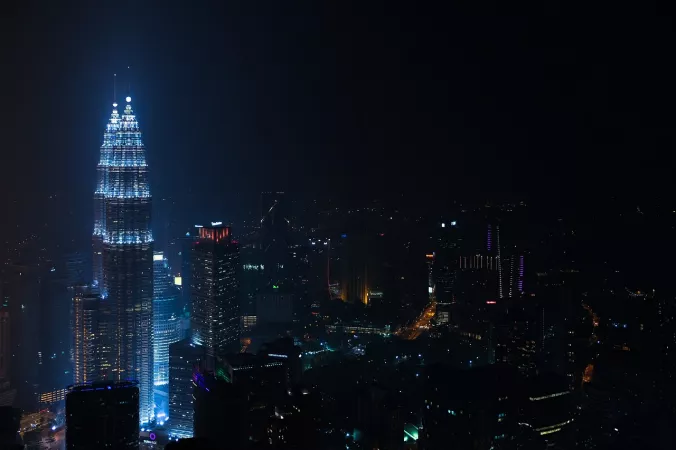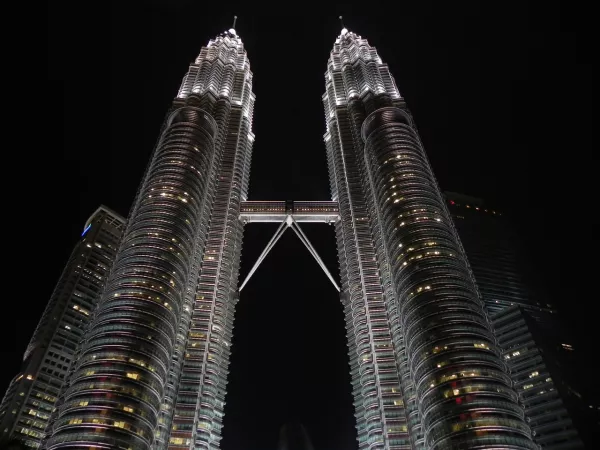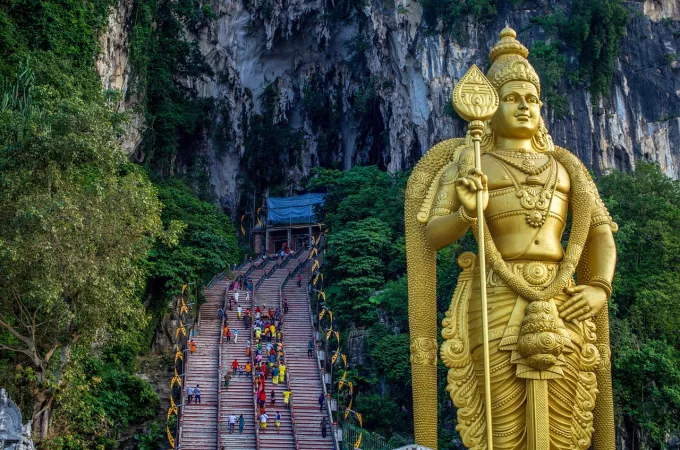
Batu Caves Travel Guide
Batu Caves, located in Malaysia, is a renowned tourist destination famous for its limestone hills and cave temples. The site holds cultural and historical significance, attracting visitors from all over the world.
Top Attractions in Batu Caves
- Lord Murugan Statue
- Cathedral Cave
- Dark Cave
- Ramayana Cave
- Cave Villa
Batu Caves is Famous for
The Batu Caves are most famous for their towering Lord Murugan Statue and the vibrant Thaipusam festival celebrated here.
Top Attractions in Batu Caves
- Lord Murugan Statue
- Cathedral Cave
- Dark Cave
- Ramayana Cave
- Cave Villa
What's Great about Travelling to Batu Caves?
- Rich cultural experience
- Natural beauty
- Unique cave exploration
- Religious significance
What's Not So Great about Travelling to Batu Caves?
- Hot and humid weather
- Crowded during peak seasons
- Long climbs to reach certain caves
Travel Tips for Batu Caves
- Respect local customs and traditions
- Wear comfortable shoes for climbing
- Stay hydrated due to the tropical climate
- Watch out for monkeys in the area
Important Batu Caves trip information
- Ideal Duration: 1-2 days
- Best Time to Visit: Avoid monsoon season from November to February
- Nearby Airports and Railway Stations: Kuala Lumpur International Airport and Batu Caves KTM station
Per Person
6,500
*EXCLUDING APPLICABLE TAXES 5.0 Ratings
( 396 Reviews )
( 396 Reviews )
Per Person
10,000
*EXCLUDING APPLICABLE TAXES 5.0 Ratings
( 396 Reviews )
( 396 Reviews )
FAQ's on Batu Caves
Q1: What is the best time to visit Batu Caves?
The best time to visit Batu Caves is during the dry season, which falls between the months of January and August. This period offers pleasant weather with minimal rainfall, making it ideal for exploring the caves and outdoor activities. Additionally, the Thaipusam festival, usually celebrated in January or February, is a vibrant time to witness cultural festivities at the caves. It is advisable to avoid the monsoon season from September to December, as heavy rains can hinder outdoor excursions.
Q2: Do I need a visa to travel to Batu Caves?
Most tourists traveling to Batu Caves do not require a visa if their stay is less than 90 days. However, it is essential to check your specific country's visa requirements and ensure your passport is valid for at least six months beyond your intended stay. Visitors from certain countries may be eligible for visa exemptions or visa-on-arrival facilities. It is recommended to verify the latest visa regulations before your trip to Batu Caves to avoid any entry issues.
Q3: What are the must-visit attractions in Batu Caves?
Batu Caves is renowned for its iconic limestone caves and temples, with the main highlight being the enormous golden statue of Lord Murugan at the entrance. Visitors should explore the Cathedral Cave, with its impressive Hindu shrines and vibrant ceiling paintings. The Dark Cave offers an adventurous eco-tourism experience for nature enthusiasts. Don't miss the Ramayana Cave, showcasing colorful dioramas depicting the Hindu epic. For a cultural experience, visit the Art Gallery Cave displaying Hindu sculptures and paintings. The Batu Caves area also hosts the Ramayana Cave Temple and Lord Murugan Statue, which are popular among tourists.
Q4: Is Batu Caves a safe place to travel?
Batu Caves is generally safe for tourists, but like any destination, it is advisable to exercise caution and be aware of your surroundings. Avoid isolated areas, especially at night, and keep your belongings secure. The caves can get crowded during peak tourist seasons, so stay vigilant against pickpocketing. It is recommended to follow basic safety precautions, such as staying on designated paths and respecting the local rules and customs. Overall, with proper awareness and common sense, visitors can enjoy a safe and memorable experience at Batu Caves.
Q5: What is the local currency in Batu Caves and can I use credit cards?
The local currency in Malaysia, including Batu Caves, is the Malaysian Ringgit (MYR). It is advisable to exchange some currency upon arrival for small purchases and transportation. While major establishments and hotels accept credit cards, smaller shops and local vendors may prefer cash payments. ATMs are widely available in the Batu Caves area for convenient withdrawals. Inform your bank of your travel plans to avoid any issues with card usage abroad. It is recommended to carry a mix of cash and cards for a hassle-free shopping and dining experience.
Q6: What is the local cuisine like in Batu Caves?
Batu Caves offers a diverse culinary scene with a blend of Malay, Indian, and Chinese influences. Don't miss trying local delicacies such as Nasi Lemak (coconut rice with anchovies and sambal), Roti Canai (flaky flatbread with curry), and Char Kway Teow (stir-fried noodles). Visit the street food stalls near Batu Caves for authentic flavors and affordable eats. Vegetarian travelers can enjoy dishes like Thosai (fermented rice crepe) and Vegetable Biryani. Indulge in sweet treats like Cendol (shaved ice with coconut milk and palm sugar) and Apam Balik (stuffed pancake). Be adventurous and explore the bustling food markets to savor the rich and aromatic Malaysian cuisine during your visit.
Q7: What transportation options are available in Batu Caves?
Getting around Batu Caves is convenient with various transportation options. Visitors can use taxis, ride-sharing services, or opt for public buses to reach the caves from Kuala Lumpur city center. The KTM Komuter train service connects Batu Caves to other parts of the city and is a popular choice for tourists. Walking is a great way to explore the area surrounding the caves, with pedestrian-friendly paths and signages. For those seeking flexibility, car rentals and motorcycle hires are available in the vicinity. Plan your transportation according to your itinerary and preferences, considering factors like cost, convenience, and travel time to maximize your experience in Batu Caves.
Q8: Are there any cultural norms or etiquette I should be aware of when visiting Batu Caves?
When visiting Batu Caves, it is important to respect the local customs and etiquette. Dress modestly when entering religious sites, covering your shoulders and knees. Remove your shoes before entering temples or shrines as a sign of respect. Avoid public displays of affection and be mindful of your behavior in sacred places. Greet locals with a smile and a slight bow as a gesture of politeness. When taking photos, ask for permission before capturing individuals or religious ceremonies. It is customary to use your right hand for giving and receiving items, as the left hand is considered unclean. By observing these cultural norms and showing respect for the traditions of Batu Caves, you can create a positive interaction with the local community and enhance your travel experience.
Q9: I am a travel agent. How can I buy travel leads of Batu Caves?
Register yourself as a travel agent at agents.tripclap.com and then you can buy travel leads to Batu Caves once your account is approved. For more details contact our support team at +91-8069186564 or support@tripclap.com
